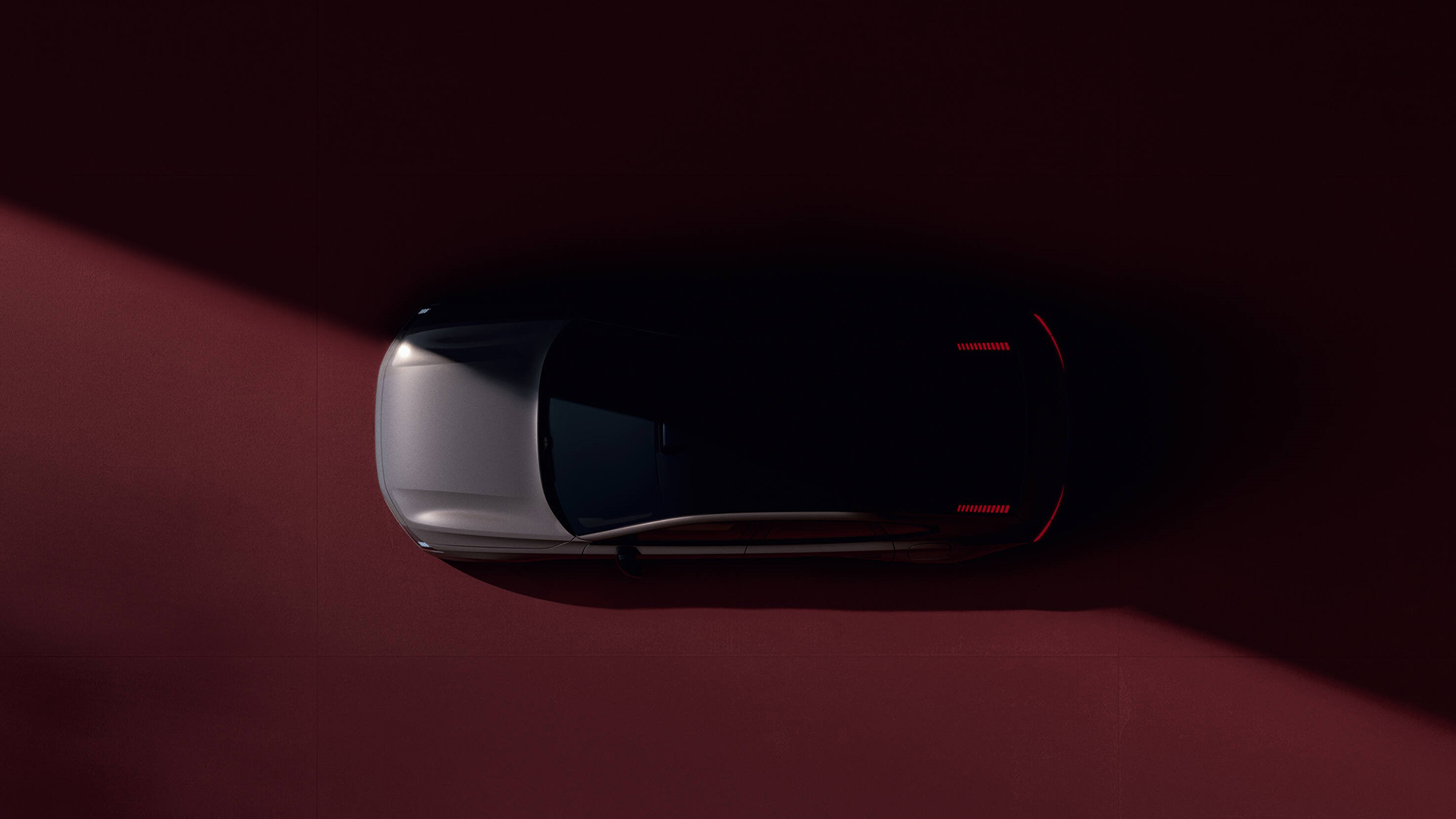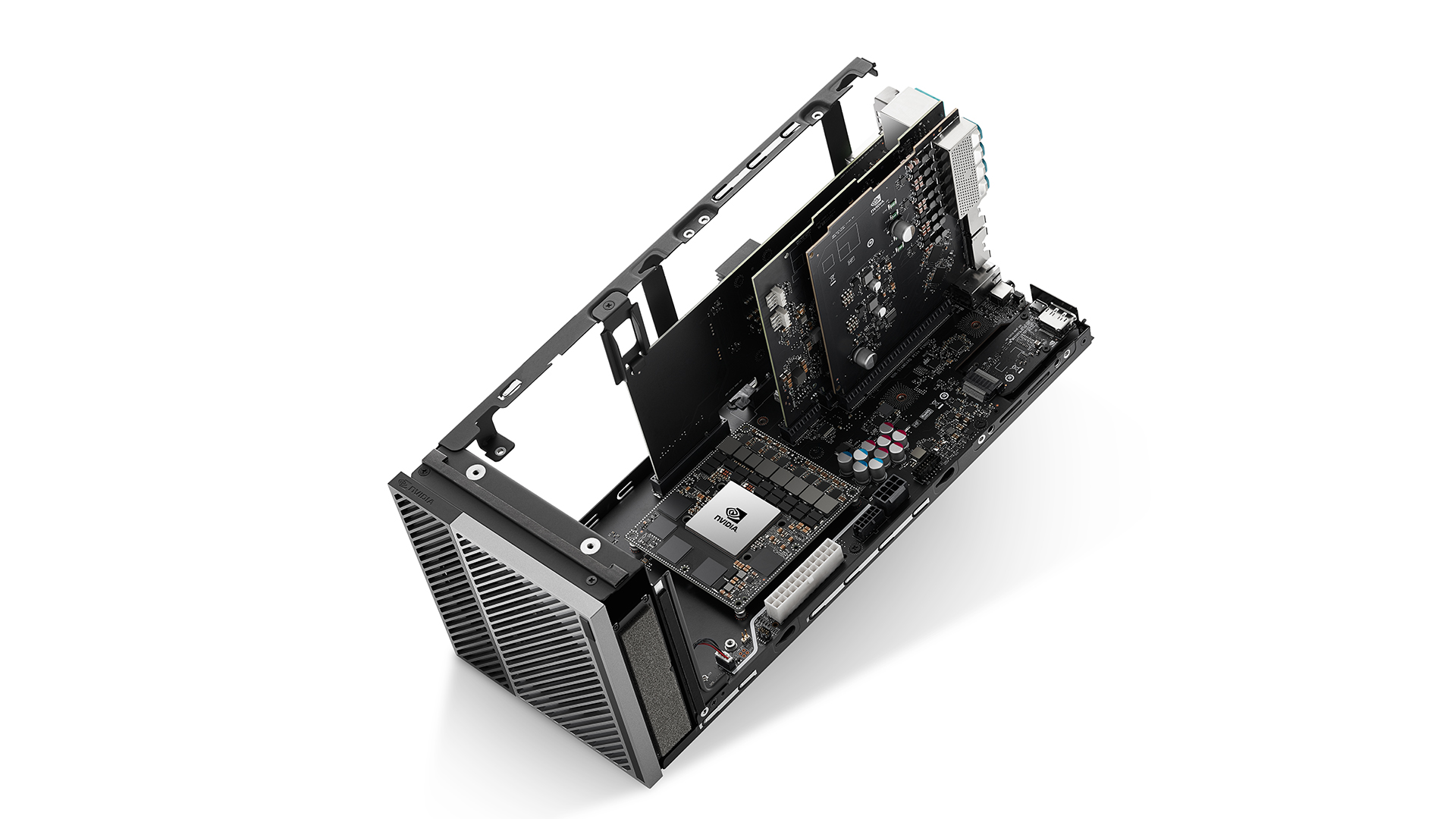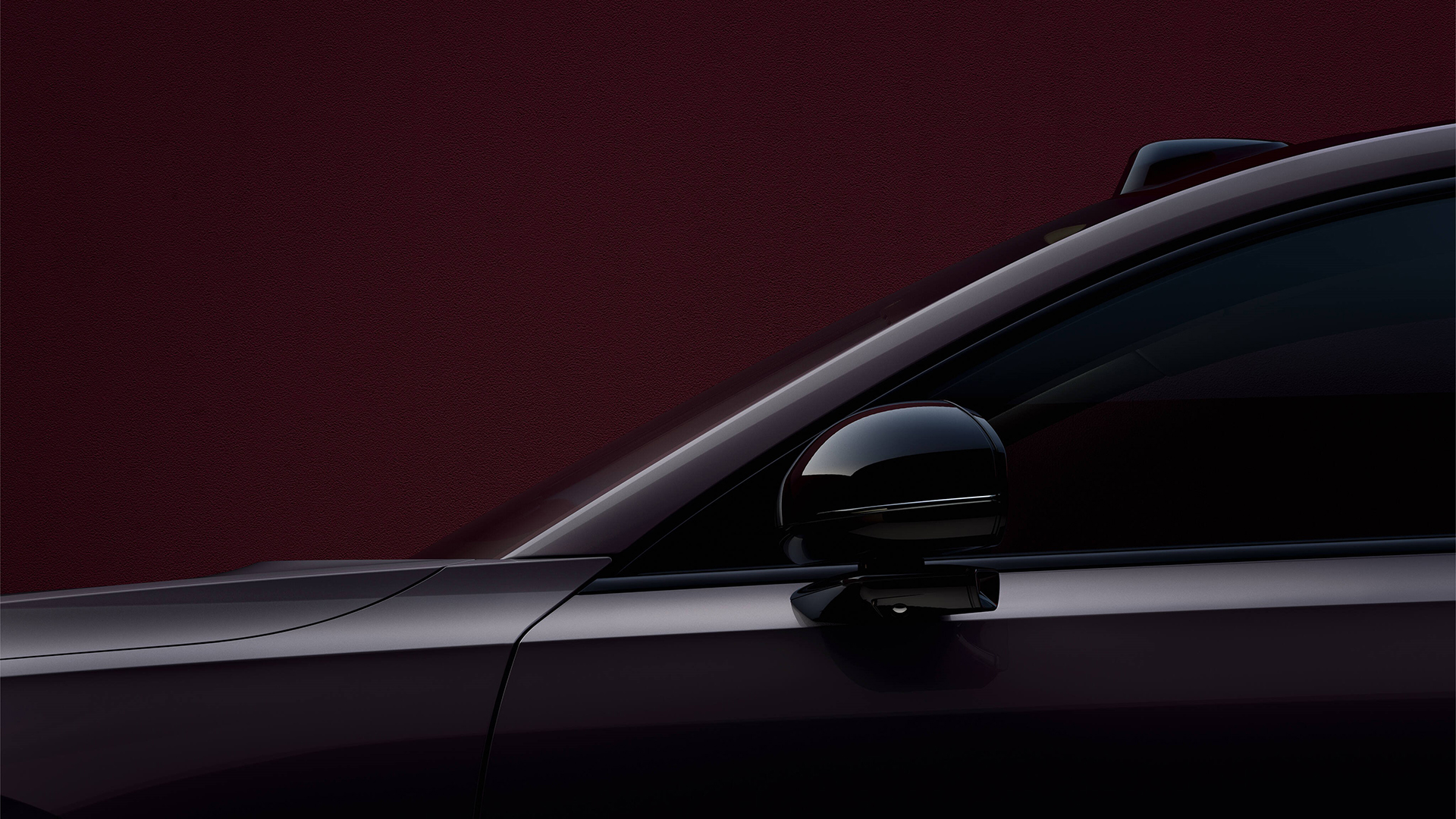The incoming Volvo ES90 is going to be a supercomputer-on-wheels, thanks to Nvidia – and that could give it an 'extra pair of eyes' for safety
Dual AGX Orin chips means epic core computing capacity

- The ES90 will be the first Volvo to use dual AGX Orin chips
- 'Superset stack' facilitates 508 trillion operations per second
- EX90 SUV will also be upgraded to new System-on-a-Chip
Volvo has announced that its upcoming ES90, a super-sleek electric sedan due to be full revealed on March 5, will be the most powerful car it has ever created in terms of core computing capacity.
Hot on the heels of the seven-seat EX90 SUV, which was the first all-electric Volvo to debut Nvidia’s Drive computing platform with Xavier and Orin System-on-a-Chip (SoC), the upcoming ES90 will pack a dual AGX Orin configuration – the bleeding edge of Nvidia’s automotive technology.
Slightly confusing names aside, Volvo says its Superset tech stack is now capable of performing 508 trillion operations per second (TOPS), as opposed to the 250 TOPS available in the EX90.
“This allows us to further raise the bar on safety and overall performance through data, software and AI,” Volvo says.
Put simply, this extra computing power will allow the Swedish company to further harness advanced levels of AI to assist in things like battery management and efficiency, as well as realize its lofty safety ambitions.
The Volvo EX90 was promised to be launched with the very latest in the automaker’s safety systems, which take feeds from cameras, ultrasonic sensors, radar and a state-of-the-art Luminar Lidar system to create a 360-degree view of the world, no matter the time of day.
Unfortunately, the system wasn’t ready at the time of launch and instead, Volvo’s advanced driver assistance systems (ADAS) team decided it would be better to introduce the safety systems as an over-the-air update in due course. A lot of those features still haven’t materialized.
Get daily insight, inspiration and deals in your inbox
Sign up for breaking news, reviews, opinion, top tech deals, and more.

However, Volvo has said that all of its upcoming electric vehicles will now use this Superset tech stack, which will allow the company to “boost the performance of each car in the lineup simultaneously”.
Reading between the lines, it appears that the ES90’s advanced levels of computing power will allow Volvo to introduce its aforementioned Safe Space Technology, which is designed to help avoid accidents and hazards on the road, much sooner and to more vehicles in one quick software update hit.
As a result, the Swedish firm has said that the dual Nvidia Drive AGX Orin configuration will be implemented on all EX90 cars and that existing customers will get the hardware upgrade free of charge.
A generous move on Volvo’s front or an admittance that its existing Nvidia set-up wasn’t actually powerful enough for it to achieve its vision for SAE Level 3 autonomous driving and the next generation of safety systems? You decide.
Analysis: Volvo’s next-gen safety system is the future of luxury

While we are still some way off SAE Level 4 or even fully autonomous driving, Volvo believes that ridiculous levels of computing power and the latest suite of sensing technology will separate its cars from the competition.
During a chat at the Volvo EX90 launch, senior function developer collision avoidance (AKA the ADAS man) at the brand, Martin Magnusson, told me that modern safety systems are so nannying, there is a real risk drivers turn them off.
Instead, he feels that by allowing AI to sift through the reams of data provided by cameras, sensors and radar, it will allow the car to genuinely have “an extra pair of eyes”, as he puts it.
With the new levels of core computing power, Volvo’s advanced safety suite can constantly scan there surroundings, keeping tabs on pedestrians, cyclists and other vulnerable road users and predicting what they will do next – rather than simply reacting at the last minute with intrusive emergency braking measures.
"We want to completely rule out ghost braking situations or those experiences where safety systems jump in for no reason," Magnusson told me.
It’s fascinating stuff and a completely new approach to safety, which has typically seen manufacturers pile on the technology in order to hit Euro NCAP and other safety standards, rather than sitting back and deciding whether it works, or adds value.
With the massive amount of computing power now offered by Nvidia, it appears that Volvo could finally make its vision of next-gen automotive safety a reality.
You might also like
- I've driven the most expensive Volvo ever – and its clever Lidar tech could take EV safety to the next level
- Energetic, fun and surprisingly spacious: the Volvo EX30 is a brilliant EV for the company's next generation
- Kia's promising EV4 electric saloon breaks cover – and it stays true to its concept car roots

Leon has been navigating a world where automotive and tech collide for almost 20 years, reporting on everything from in-car entertainment to robotised manufacturing plants. Currently, EVs are the focus of his attentions, but give it a few years and it will be electric vertical take-off and landing craft. Outside of work hours, he can be found tinkering with distinctly analogue motorcycles, because electric motors are no replacement for an old Honda inline four.
You must confirm your public display name before commenting
Please logout and then login again, you will then be prompted to enter your display name.